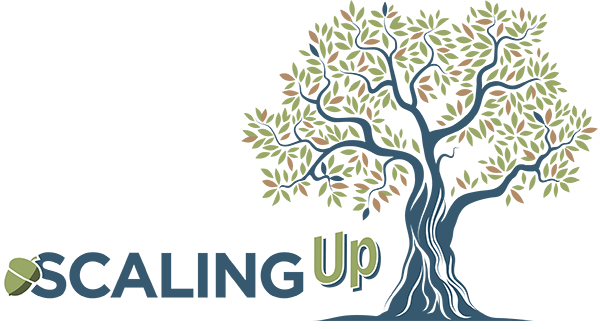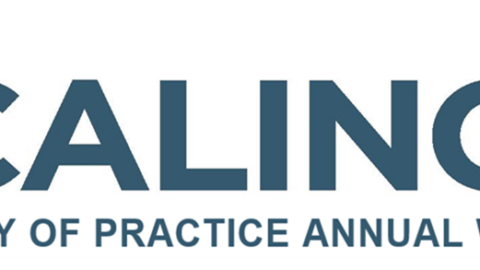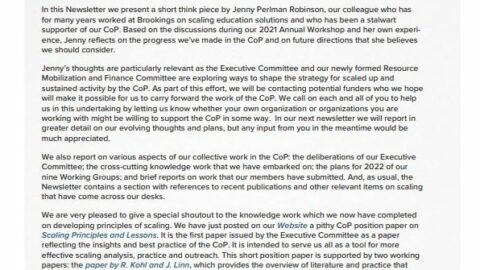By: Liz Vance, Program Director of Systems Change for Workforce Development at International Youth Foundation
When I was just starting out in this field, my boss and mentor Junious Williams [1] told me “You can’t service people out of the problems of poverty.” We needed to change the rules of a game that resulted in such inequitable outcomes, but at the same time we needed to make sure that people suffering from the impacts of poverty had their needs addressed by adequate services. As we advocated, led coalitions, turned data into information for action, transformed governance and service offerings of public service providers, piloted new solutions to old problems in arenas from affordable housing to recidivism to workforce development — it often felt like we were burning the candle from both ends. Little did I know, that we had found a goldilocks zone [2] – between 1) projects that address the symptoms of systemic inequities and 2) systems change approaches that live in the realm of policy but are rarely felt at street level.
Today, our field seems to be dominated by two competing camps:
- Those who seek to change the rules of the game but who risk being stymied by both paralysis by analysis and the chasm between policy and practice.
- Practitioners funded on a project basis, where “projectitis” plagues many who, as much as they are asked to analyze the political economic context, are limited to interventions that can impact direct beneficiaries within a 1-5 year timeline (The silver bullet syndrome, where donors fund multiplying the use of an innovation without embedding it within local systems, falls in this camp).
The Scaling approach (catering to scaling partner and an obsession with unit costs; identifying competing and aligned interests; designing for subtraction, not addition; linking scale and sustainability [3]) strikes me as a straightforward method to avoid the traps of either camp — a goldilocks zone, if you will. Approaching an issue with a Scaling lens requires you to figure out how to change reality on the ground at the scale of the system – this requires you to be systems-aware to get something up and running within the constraints of the system. But it also provides:
- a fine-grained diagnosis of the routines, roles, rules and relationships that block the system from sustaining and scaling the solution –at the institution level, the level of public policy and within societal norms.
- a clear map of the room to maneuver to make systems changes.
- measurable impacts to determine whether the solution is worth sustaining – to donors, key decision makers, implementing partner.
- an early win for local leaders who can champion internal and public policy changes based on the success of approach.
Armed with a clear diagnosis of the systems change required, the room to maneuver to do so, evidence that the solution works in terms of the indicators that matter most to decision makers, and powerful allies, Scaling practitioners are well-positioned to facilitate system change to sustain impact at scale.
[1] Junious Williams https://www.juniouswilliams.com/
[2] Yes, I’m referring here to “Goldilocks and the Three Bears”, the fairy tale where a little girl chooses from sets of three items, ignoring the ones that are too extreme (large or small, hot or cold, etc.), and settling on the one in the middle, which is “just right” – this definition is also used in astrobiology to define the habitable area around stars. https://en.wikipedia.org/wiki/Circumstellar_habitable_zone
[3] MSI: Scaling Up: From Vision to Large-Scale Change, 2016 (3rd Edition) www.msiworldwide.com/our-impact/scaling-development-outcomes



